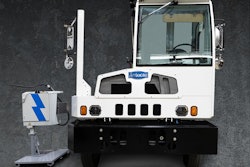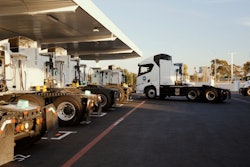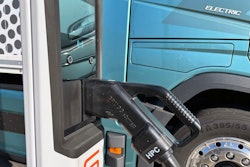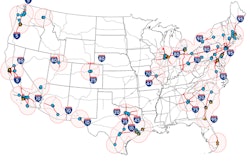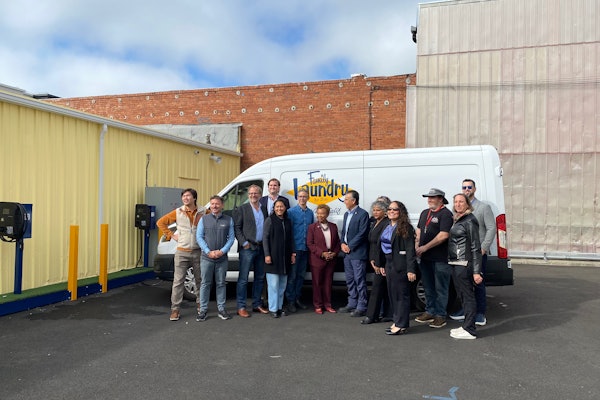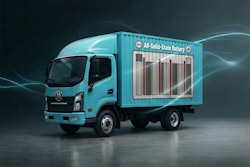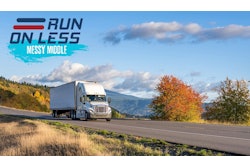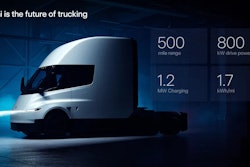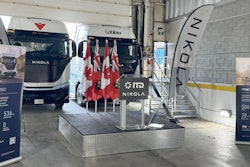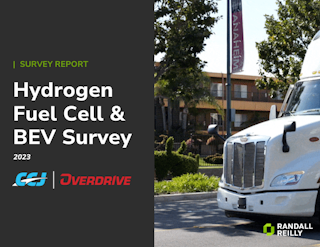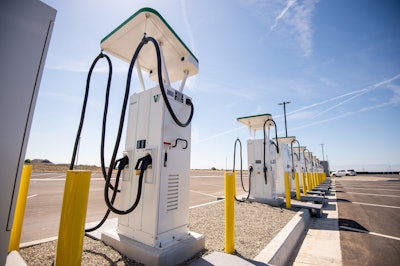
WattEV has announced the opening of its fourth and largest battery electric trucking charging station to date, a 119-acre site designed to accommodate medium- and heavy-duty trucks in Bakersfield, California. Not only is it the world’s largest solar-powered truck charging station, it also features megawatt rapid charging (MCS) that provides truck drivers up to 300 miles of range in less than 30 minutes.
The station's opening is representative of the Biden Administration's commitment to cut greenhouse gas emissions. Part of the EPA’s Phase 3 proposal, revealed last month, is to electrify 25% of new long-haul trucks by 2032.
“Reducing the charge time to less than 30 minutes for a 300-mile range will be a game-changer in the adoption of electric trucks,” Youssefzadeh said. “We developed all of our charging facilities to allow for the transition from the current CCS charging standard to the new, faster MCS charging, in preparation for this evolution.”
In addition to the three MCS 1,200kW rapid chargers, the site contains 16 dual-cord 360kW and 15 single-cord 240kW combined charging system (CCS) chargers. The rapid chargers draw power from the site’s vast 5 MW solar-powered microgrid which boasts a battery energy storage system (BESS).
Basic amenities, such as restrooms and leasing space for food and other related services, are a part of the new site.
The Bakersfield depot, which is fully designed, owned, and operated by WattEV, plays a critical role in the company’s master plan of setting up electric freight charging corridors on the I-5 and I-10 highways. The latter is the fourth-longest Interstate in the U.S. The company’s other three charging depots are located at the Port of Long Beach, San Bernardino, and Gardena.
The new station is strategically located near the junction of the CA-99 at CA-65 freight corridors, which enables the connection of vital truck routes to the San Joaquin Valley’s sector - the country’s most productive agricultural region - and distribution warehouses. This also provides access to the Golden State’s seaports and other key destinations in Southern California and the West. A reported 45% of all California truck traffic takes place in the San Joaquin Valley.
[RELATED: FirstElement Fuels opens first commercial hydrogen refueling station in the country]
The company is currently working on the electrification of the CA-99 corridor that will ensure the San Joaquin Valley’s connection to additional depots that are planned in Fresno, Stockton, and Oakland.
Since 2022, WattEV has been constructing public access, medium- and heavy-duty electric vehicle charging freight corridors. The company is currently in the permitting process of setting up more solar-powered California charging depots in Blythe, located on I-10, and Sacramento, Gustine, and the Taft Highway, all on I-5. Salem, Oregon and Seattle, Washington, both of which are also on the I-5, will be receiving charging depots in the near future.
To help fund the site, WattEV received $5 million in grants from the California Energy Commission. The San Joaquin Valley Air Pollution Control District has already committed support for future site expansion.
“This charging depot is a significant milestone for the region and state as a whole, and is a testament to the Valley Air District's commitment to reducing air pollution, improving public health, and supporting the Valley’s economy,” said Samir Sheikh, Executive Director and Air Pollution Control Officer for the Valley Air District.
The opening of WattEV’s newest charging depot comes at a critical time in the trucking industry, especially for California. The California Air Resources Board's "Advanced Clean Fleets" regulation's latest deadline requires the registration of those units with CARB before the end of 2024. Since the beginning of this year, CARB requires all new trucks added to the registry for port work to be a "zero emissions" vehicle (ZEV).


